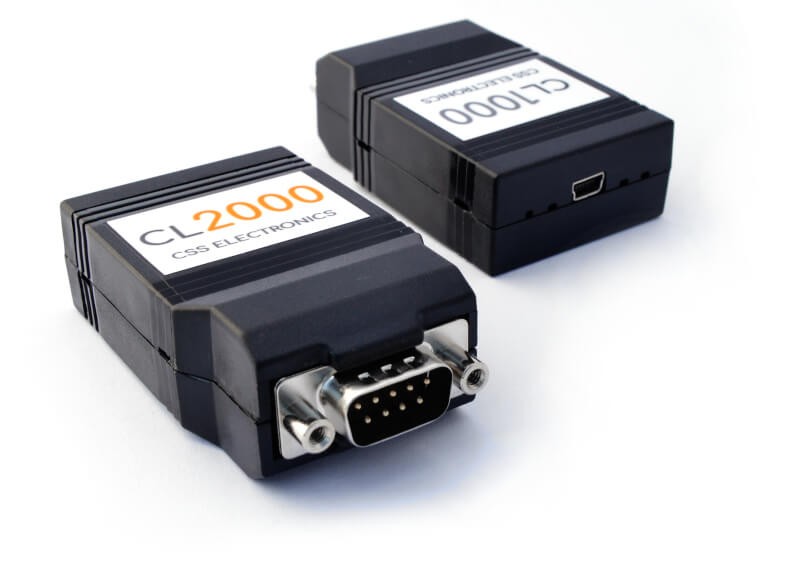Unlock the secrets hidden within your vehicle’s data with a Can Bus Sniffer. This comprehensive guide provides a practical approach to reverse engineering CAN data, focusing on decoding proprietary information and converting raw data into meaningful insights. We’ll delve into the process, tools, and benefits of using a CAN bus sniffer, specifically highlighting the CLX000 and SavvyCAN.
Connecting a CAN bus sniffer to a vehicle’s OBD-II port allows for real-time data streaming and analysis.
Why Reverse Engineer CAN Bus Data?
Reverse engineering CAN bus data offers a wealth of possibilities for vehicle diagnostics, customization, and research. Here are some key benefits:
- Decoding Proprietary Data: Uncover the meaning behind manufacturer-specific CAN IDs to understand vehicle behavior and performance.
- Expanding DBC Databases: Enhance existing CAN database files (DBCs) by adding newly decoded messages and signals, improving data analysis capabilities.
- Unlocking New Applications: Access critical data points, like state of charge (SoC) in electric vehicles, enabling innovative solutions.
- Gaining Control with Commands: Potentially control vehicle functions (lights, locks, etc.) by sending specific CAN commands (proceed with caution).
Reverse engineering allows access to hidden data within the vehicle’s network.
How to Reverse Engineer CAN Data: A Step-by-Step Approach
Reverse engineering CAN data involves a systematic process of identifying, analyzing, and interpreting raw data.
1. Identify the CAN ID:
- Real-Time Streaming: Use a CAN interface (like the CLX000) and sniffer software (SavvyCAN) to monitor live data while manipulating the target function (e.g., activating wipers). Observe which CAN ID changes correspondingly.
- SD Card Logging: For parameters not easily observed in real-time, log data to an SD card while recording corresponding dashboard readings. Analyze the logged data to correlate changes with specific CAN IDs.
Isolate the specific CAN ID related to the desired vehicle function.
2. Pinpoint the Signal within the Data Bytes:
- Isolate Changing Bytes: Analyze the data bytes within the identified CAN ID. Determine which byte(s) change when the target function is activated.
- Identify Changing Bits: Examine the bits within the relevant byte(s) to pinpoint the specific bits that change in response to the target function.
Determine the precise bit position and length of the target signal.
3. Scale and Offset the Raw Value:
- Apply Linear Transformation: Convert the raw binary value into a meaningful physical value using the formula:
physical_value = offset + scale * raw_value_decimal. - Determine Scale and Offset: For continuous variables, plot the raw values against observed physical values to determine the appropriate scale and offset factors.
Calculating the scale and offset allows conversion of raw data to usable values.
4. Document Your Findings:
- Create or Update a DBC File: Add the newly decoded signal (CAN ID, bit position, length, scale, offset) to a DBC file for easy integration with CAN analysis tools.
Documenting findings in a DBC file ensures organized and reusable results.
Leveraging the CLX000 CAN Bus Sniffer
The CLX000 is a cost-effective and versatile tool for CAN bus sniffing and data logging. Its key features include:
- Plug-and-Play Simplicity: Easy setup and configuration with free software tools.
- Standalone Logging: Log data to an SD card without a PC.
- Real-time Streaming: Stream live data to SavvyCAN or Wireshark for analysis.
- Customizable Filtering: Focus on specific CAN IDs for efficient data analysis.
- Data Transmission: Transmit CAN frames for testing and control (use with caution).
 alt
alt
Reverse Engineering with SavvyCAN
SavvyCAN is a powerful and user-friendly software tool ideal for CAN bus reverse engineering. Its features facilitate the steps outlined above:
- Real-time Data Monitoring and Filtering: Observe and isolate relevant CAN IDs.
- Sniffer View: Quickly identify changing data bytes and bits.
- Range State View: Analyze continuous data and determine scale and offset factors.
- Live Transmit Functionality: Test control commands and observe vehicle responses.
- Built-in DBC Editor: Create and modify DBC files to document findings.
Conclusion
A CAN bus sniffer, combined with the right tools and techniques, empowers you to unlock the valuable data hidden within your vehicle’s network. By following this guide and utilizing resources like the CLX000 and SavvyCAN, you can successfully reverse engineer CAN data, opening up a world of possibilities for diagnostics, customization, and innovation. Remember to proceed with caution when transmitting data onto the CAN bus.
